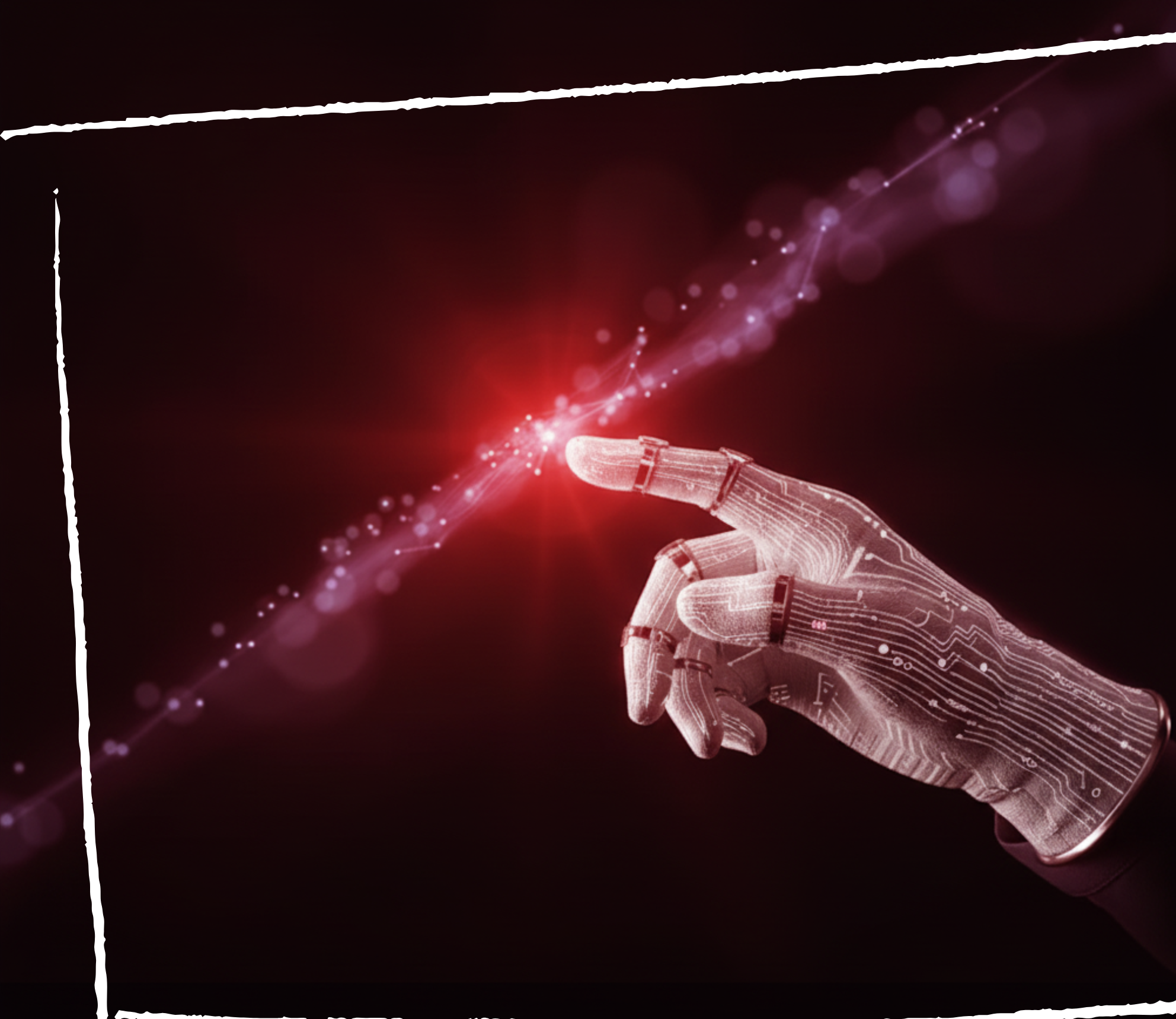Applied Behavioural Science
because behaviourally designed products don’t just work, they feel right.The World | Organisations | Teams | Leaders | AI | Tech | onsultin
Make your Tech fit like a glove
The World | Organisations | Teams | Leaders | AI | Tech | onsultin
Explore More
Through Applied BeSci, we understand why people behave the way they do. Using these principles to drive behaviour changes for you and your customers.
Hi I am Adi - the ‘glove man’ at…
Gitex Global 2025 Conference in Dubai.
In the sections below, you’ll find how we use Applied Behavioural Science (BeSci) to uncover where your customers get stuck and why.
Just like a glove that fits perfectly, ARC helps organisations make their products, platforms, and processes fit naturally into human behaviour.
Applied Behavioural Science in action
70 Second Reads
Newsletter | 4 Min
70 Second Reads
70 Second Reads
Who we work with
Solving problems like low patient adherence to protocols, poor behaviour change outcomes or complex healthcare navigation systems.
HealthCare
FinTech
Making user journeys intuitive to help the user make better financial decisions
Helping your customers use and engage with your products and not just adopt it because of the AI rush
AI and Tech
We use Applied Behavioural Science to help you acquire more customers, understand where your existing ones get stuck, and most importantly, why.
70% of AI failures stem from people and process issues, not technical limitations
❂
70% of AI failures stem from people and process issues, not technical limitations ❂
45% of CEOs report employee resistance
❂
45% of CEOs report employee resistance ❂
47% of AI-using employees get no training
❂
47% of AI-using employees get no training ❂
Most transformation efforts don’t fail due to technology, but because of people and behaviour.
So instead of only chasing outcomes, start designing for the behaviours that lead to outcomes ↧
Applied BeSci for Health Care
Treat the behaviour, not just the symptom.
According to the BMC Health Services Research Journal, some of the biggest challenges in healthcare today include low patient adherence to treatment protocols, poor health behaviour change outcomes, and complex healthcare navigation systems.
The common response? More patient education, more reminders, more tracking apps. Yet, the problem persists.
That’s because knowledge isn’t the barrier, behaviour architecture is.
Patients already know they need to follow treatment plans, attend check-ups, and take medication. But intention doesn’t always translate into action.
For instance, a patient might miss an appointment not because they forgot, but because of planning or prioritisation barriers. In such cases, reminders alone don’t help.
What can help is redesigning the behavioural environment is reframing the appointment process itself. At the time of booking, patients could be prompted to consider:
What could prevent you from making it to your appointment?
How will you get here?
What time will you leave?
Will someone accompany you?
These simple behavioural tweaks make health systems more human. Leading to better adherence, smoother navigation, and improved outcomes.
You are 2 steps away from enhancing your user’s journey
Applied BeSci for Technology
Helping you to help your customers to make better decisions.
After working for months, sometimes years you end up building a fantastic product- which you know your customer needs. You have many sign-ups but largest percentage of people abandon during onboarding before seeing the value proposition. Some who finish onboarding do not return for another conversation.
This then leads to a direct impact in business, and maybe even doubt about your own product.
Where we help is to redesign the user journey by focusing on the behaviours they demonstrate. We evaluate the sequence of frictions, motivations, and decision moments your users experience.
An AI can tell you where users drop off. Your analytics show the funnel. But it can't tell you why that moment creates friction, or how to restructure the psychology of that decision.
AI says: 'Users abandon at step 5.' We ask: 'What's happening in the user's head at step 5? What decision are they facing? What anxiety or friction makes them quit? How do we remove it or reframe it?
Get your users to Pay and Stay.
Applied BeSci for FinTech
Rewiring Financial Decision-Making
In the fintech industry, every decision that a user makes comes with its own financial consequences, leading to high risk aversion in people. Often innovations in this sector are to help users make a more informed decision.
But this fear of loss takes a lot of time for them to have a buy-in in these innovations. This delay in decisions costs industries revenue, increases risk, and creates friction in growth.
Through our work, we try to explore these apprehensions and barriers that affect your user experience and help organisations build a more effective user journey. We support organisations in designing behaviour-tailored innovations.
This can look like shifting habits, reducing risky behaviours, and improving commitment.
Behavioural science is the missing link for fintechs and many other organisations that want exponential growth through user engagement.
Let’s start a conversation to identify your biggest behavioural bottlenecks and apply science-backed strategies that transform how your users act and interact with your innovation.
Book a 20-minute consultation call to see how we can help you
Share your sticky problems…
All of these problems can be solved through Applied BeSci; give it a shot. Send us a sticky problem of yours and we’ll get back with a probable solution in 2 days.
(We promise not to spam you.)

















